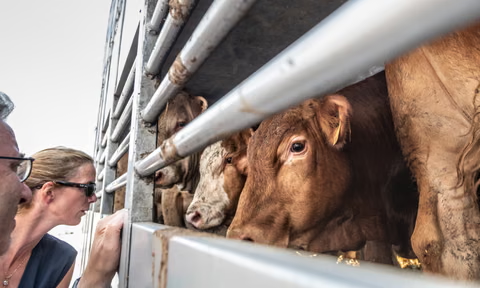Live Animal Transport
The Humane Transport of Farmed Animals Act: A Step Towards Better Animal Welfare
In an effort to address the ongoing concerns surrounding the welfare of farmed animals during transportation, the Humane Transport of Farmed Animals Act has been introduced. This significant piece of legislation aims to improve the conditions under which livestock are transported across the United States. By focusing on enforcement and the treatment of unfit animals, the bill seeks to enhance the standards of animal welfare in transit, reflecting a growing recognition of the need for humane practices in all aspects of agriculture.
Key Provisions of the Bill
The Humane Transport of Farmed Animals Act proposes two main reforms:
- Enforcement of the Twenty-Eight Hour Law: The bill mandates federal officials to develop a process to enforce the Twenty-Eight Hour Law. This law prohibits the transportation of farm animals for more than 28 hours without providing them with food, water, and rest. Although the law is a crucial step towards preventing extended periods of animal suffering, its application has been limited. Some interpretations suggest that the law currently only applies to rail transportation, which constitutes less than 5% of farm animal transport. By requiring federal enforcement, this bill aims to ensure that the Twenty-Eight Hour Law is applied more broadly and effectively, protecting animals across all forms of transport.
- Prohibition of Transport for Unfit Animals: The legislation also seeks to prohibit the interstate transport of livestock deemed unfit for travel. This includes animals that are injured, sick, or otherwise unable to endure the journey. This measure aims to prevent further suffering and reduce the number of animals transported under distressing conditions, aligning with the principle that animals unfit for travel should not be subjected to additional stress and hardship.
Current Challenges and Legislative Context
Despite the Twenty-Eight Hour Law’s intent to safeguard animal welfare, its practical impact has been limited. With rail transportation representing a small fraction of the overall transport methods, many animals are still subjected to prolonged journeys without adequate rest or care. The Humane Transport of Farmed Animals Act seeks to address this gap by broadening the law’s application and enhancing enforcement mechanisms.
The Humane Society of the United States (HSUS) has highlighted the severe suffering caused by current transport methods. They emphasize that the capture, transport, and killing of animals often involve practices that inflict significant distress and pain. In addition to supporting legislative reforms, HSUS advocates for consumers to make compassionate choices by opting for plant-based alternatives to meat and dairy products. By reducing demand for animal products, individuals can contribute to decreasing the overall number of animals subjected to harmful transport conditions.
The Impact of the Bill
If enacted, the Humane Transport of Farmed Animals Act would represent a major step forward in improving animal welfare during transport. By ensuring broader enforcement of the Twenty-Eight Hour Law and prohibiting the transport of unfit animals, the bill addresses critical gaps in current regulations. These measures aim to:
- Reduce Animal Suffering: Implementing stricter regulations and enforcement would help prevent the inhumane treatment of animals during transport, reducing their stress and suffering.
- Improve Compliance: Clear guidelines and enforcement mechanisms would ensure that transport practices adhere to humane standards, promoting better overall conditions for farmed animals.
- Encourage Ethical Practices: By highlighting the importance of humane treatment, the bill could drive further reforms in animal welfare and inspire industry-wide changes.
The Humane Transport of Farmed Animals Act represents a significant advancement in the effort to protect farmed animals during transportation. By addressing key issues in current regulations and aiming for more comprehensive enforcement, this bill has the potential to make a meaningful difference in the lives of countless animals. As discussions continue and the legislative process unfolds, the support of consumers and advocacy groups will be crucial in driving the bill’s success and ensuring a more humane approach to animal transport across the United States.
Live Animal Transport in Europe
In Europe Every year, more than 1.5 billion poultry and 49 million live cattle, pigs, sheep, goats and horses are transported across borders within the EU and to third countries. This is happening right now!
Every year, more than 1.5 billion poultry and 49 million live cattle, horses, pigs, sheep and goats are transported across borders within and outside of the EU annually. This is happening right now!
Despite significant progress in combatting animal fighting, it remains a prevalent and disturbing industry across the country. While efforts to crack down on these barbaric practices have put criminals on the defensive, there is still much work to be done to eradicate this cruel and illegal activity completely
Exposed—Cruelty at One of Europe’s Major Animal Export Ports
At Sustainable Action Now, we tirelessly document the suffering of animals subjected to industrial exploitation,…
Brittany Ferries Resumes Cruel Live Animal Transport, Sparking Outrage and Calls for Change
For more than three decades, Brittany Ferries maintained a strong ethical stance against the live…
Global Animal Partnership: Unpacking the Reality Behind Humane-Washing & Jacksonville’s Slaughterhouse Development
Jacksonville’s Slaughterhouse Development—A Community’s Stand Against Industrial Animal Agriculture Introduction In Jacksonville, Florida, a significant…
Sustainable Action Now Report: The Tragic Reality of Live Animal Transport and the Urgent Need for Change
Recently, a devastating incident brought global attention to one of the darkest sides of industrial…
Addressing the Cruelty and Ecological Impact of Live Animal Transport
The global movement of living creatures, whether domesticated livestock destined for slaughterhouses or wild animals…
A Call to Compassion: Exposing the Cruelty of Live Animal Markets
At Sustainable Action Now, our dedication to fostering a healthier, more ethical world extends to…
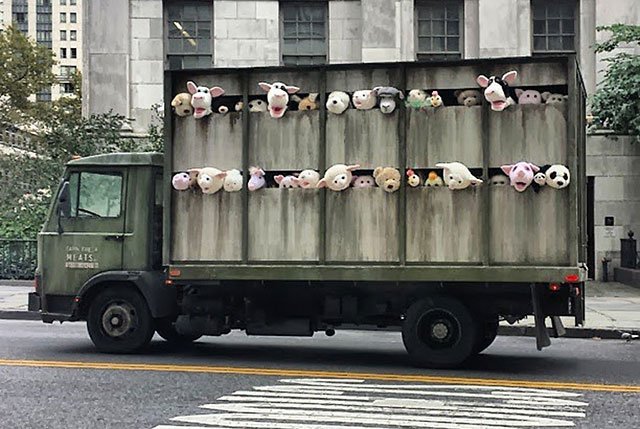

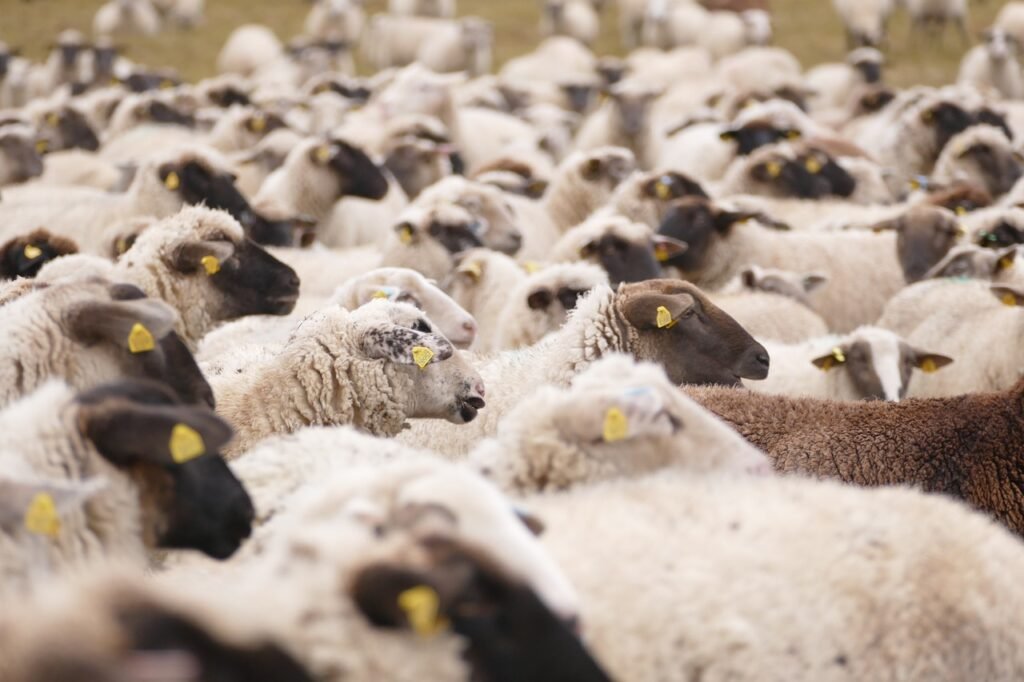
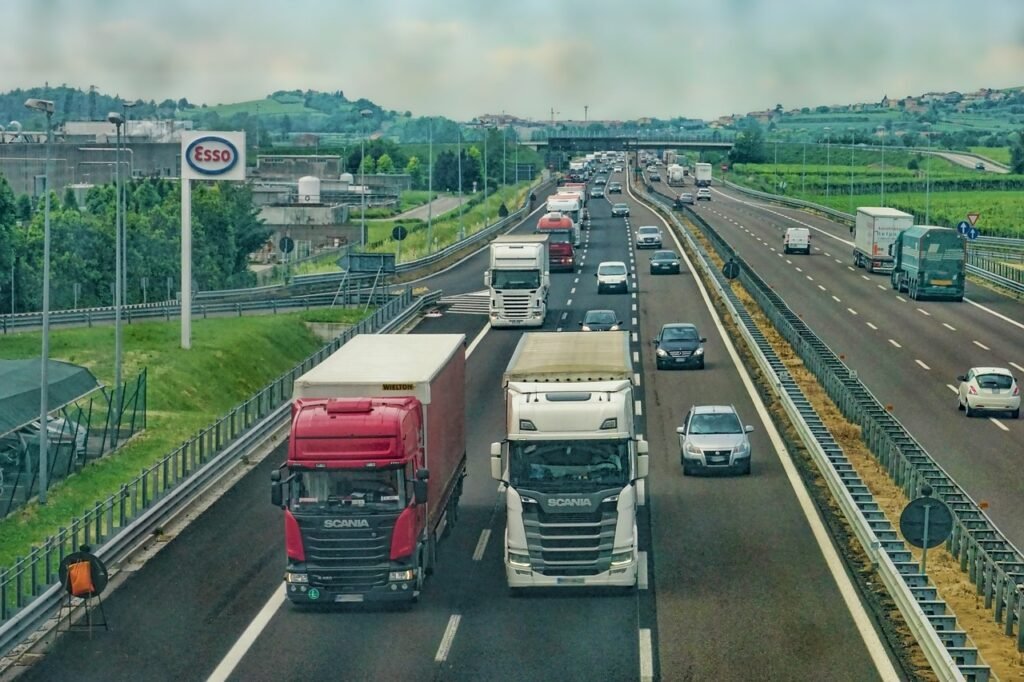
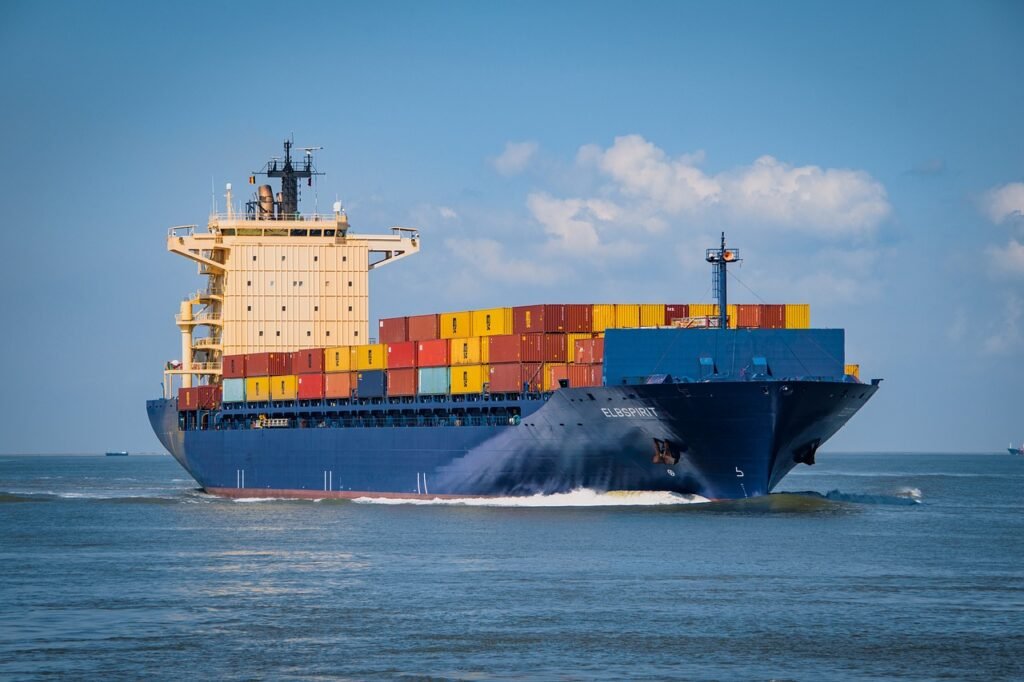
Exposing the Cruel Realities of Live Animal Transport
Live animal transport remains one of the most controversial and distressing aspects of modern agriculture. Despite growing awareness and significant advocacy efforts, the practice continues to face criticism for its severe impact on animal welfare, the environment, and maritime safety. This article explores the key reasons why live animal transport is opposed, highlights the organizations working to address these issues, and examines recent developments and ongoing advocacy.
1. Animal Welfare Concerns
The primary objection to live animal transport is the severe suffering it inflicts on animals. Transport can last for days or even weeks, during which animals often endure extreme conditions. Many sustain serious injuries or die due to overcrowding, insufficient food and water, and inadequate shelter from extreme temperatures. For animals destined for breeding, the conditions can be even more horrific, with journeys that leave them traumatized and in poor health.
Common issues include:
- Overcrowding: Animals are often packed so tightly that they cannot rest comfortably. This can lead to injuries and heightened stress.
- Inadequate Space: Double-decker trucks and poorly designed loading ramps exacerbate the problem, particularly for larger animals like cattle.
- Unfit Animals: Sick, injured, or highly pregnant animals are frequently transported, worsening their suffering.
- Poor Conditions: Extreme temperatures and lack of proper ventilation or hydration can lead to heatstroke or hypothermia.
2. Environmental Impact
The environmental consequences of live animal transport are significant. Live export ships produce hundreds of tonnes of sewage daily, contributing to ocean pollution. This waste can have detrimental effects on marine ecosystems, adding another layer of environmental concern to the already dire situation.
3. Maritime Safety Issues
Maritime safety is another major concern. Many livestock vessels are old, converted cargo ships that were not originally designed for transporting live animals. These ships are often inadequately maintained and are at greater risk of accidents, which can result in disastrous consequences for both the animals and the crew.
4. Animal Breeding and Domestic Consumption
The transport of animals for breeding purposes is particularly troubling. Animals are often moved across vast distances under distressing conditions, contributing to their suffering. Organizations like Compassion in World Farming advocate for raising and slaughtering animals closer to their place of birth, which would mitigate the need for long-distance transport and reduce the associated animal welfare issues.
5. Advocacy and Reform Efforts
Several organizations are actively working to address these concerns and push for legislative reforms:
- Four Paws: This organization calls for a maximum transport time of 8 hours for cattle, pigs, sheep, and goats, and 4 hours for poultry and rabbits. They advocate for significant changes to current regulations and enforcement practices to protect animals during transport.
- Compassion in World Farming: This group supports the idea of raising and slaughtering animals locally, which would eliminate the need for long-distance transport and reduce animal suffering. Their campaign emphasizes the need for domestic consumption over live export.
- Eurogroup for Animals: They present science-based proposals to improve the protection of animals during transport across and from the EU. Their efforts include pushing for stricter regulations and better enforcement to ensure animal welfare.
6. Current Statistics and Regulations
Each year, more than 1.5 billion poultry and 46 million cattle, pigs, sheep, goats, and horses are transported across borders within the EU and to third countries. Despite existing regulations, such as EU Regulation 1/2005, enforcement is weak, and violations are common. The regulations fail to address many of the core issues, leading to ongoing suffering for transported animals.
7. Call to Action
In response to these issues, advocacy groups like FOUR PAWS are calling for immediate action:
- End Long-Distance Animal Transports: Advocating for the end of live animal exports and focusing on domestic slaughter.
- Transport Ban to Non-Compliant Countries: Proposing bans on exports to countries that do not meet basic animal welfare standards.
- Maximum Transport Duration: Supporting limits on transport times to 8 hours for larger animals and 4 hours for poultry.
- Ban on Sea Transport: Proposing a ban on transporting animals by sea to prevent further suffering.
- Enhanced Regulations and Enforcement: Urging for a revision of the EU Transport Regulation 1/2005 to strengthen controls and impose stricter penalties for non-compliance.
Conclusion
The ongoing issues surrounding live animal transport highlight the need for immediate and comprehensive reform. With severe impacts on animal welfare, environmental health, and maritime safety, it is crucial that both national and international regulations are revised to address these concerns effectively. Advocates are calling for a shift towards more humane practices and stricter enforcement of existing laws. The continued pressure from organizations and concerned citizens will be vital in driving the necessary changes to protect animals and ensure their well-being.


